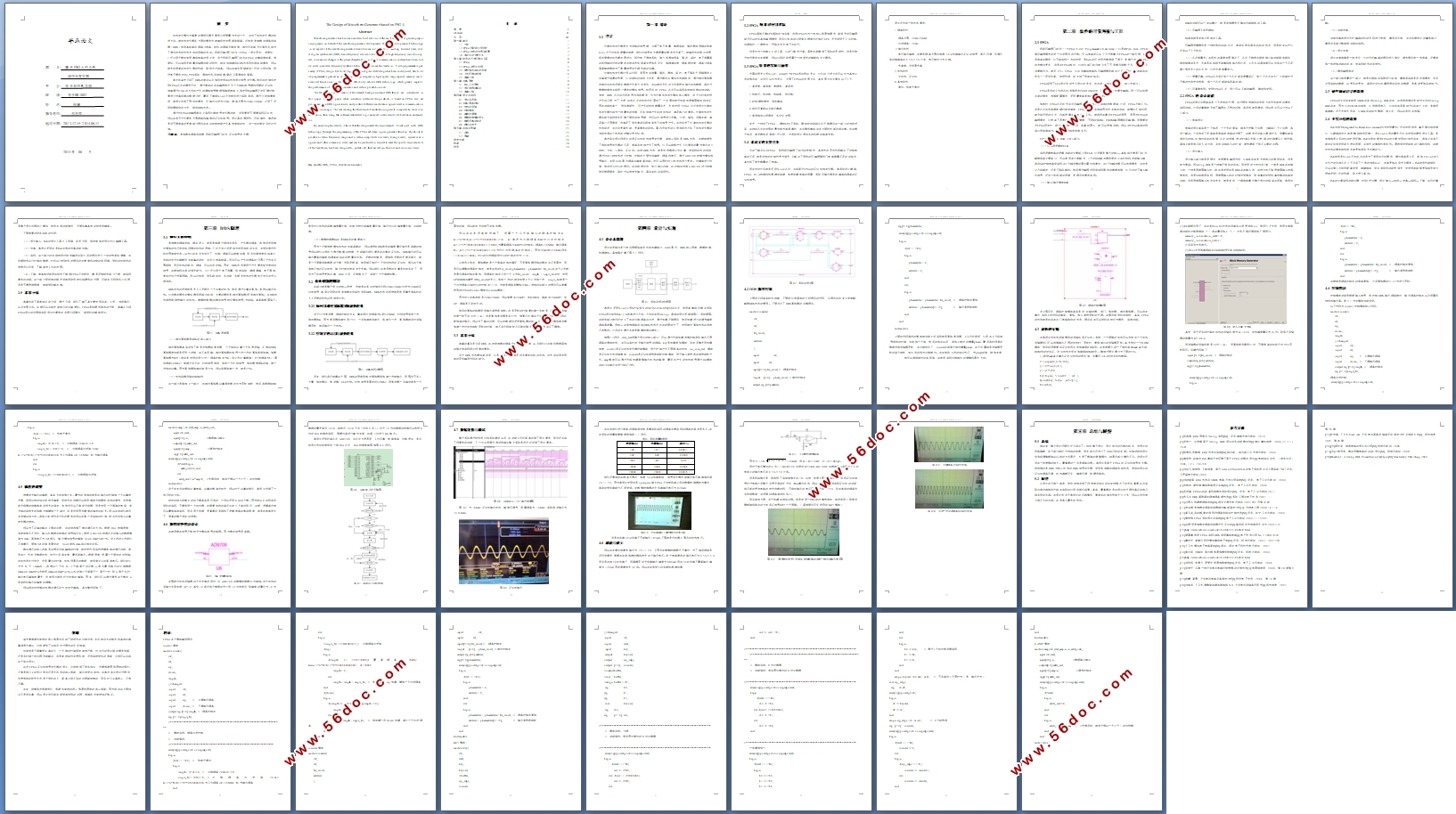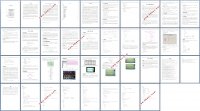基于FPGA的正弦波信号发生器设计(任务书,开题报告,外文翻译,论文12000字)
摘 要
波形发生器作为重要的通用仪器无疑是应用面最为大的一个,决定了波形发生器的前进方向。随波形发生器各方面的要求也随着科技发展越来越高。近年来,直接数字频率合成器(DDS)利用其较高的频率分辨率、较快的频率变换速度、相位可连续变化等优点,成为了通讯技术的技术支持的顶峰的存在。现场可编程门阵列(FPGA)设计灵活、速度快,广泛应用于数字专用集成电路的设计中,由于现场可编程门阵列(FPGA)的集成度较高、速度快、可以实现大容量存储器功能的特性,能有效地融合DDS技术而达到实验要求,所以极大的提高波形发生器的性能,降低生产成本。所以在诸多领域都有广泛的应用比如,现代电子器件,PCS/ PCN系统,通信技术,医学成像,雷达,卫星通信中等等。
本文将首先介绍了DDS的理论以及如何使用dds技术设计信号发生器。然后讲述如何使用FPGA芯片的硬件平台,通过复杂的语言编程来产生一个DDS信号源和所需的正弦波,接着通过JTAG的方式将产生的调制信号数据传输到电脑上,再使用ISE编程开发环境对结果进行仿真观察与数据分析,最后下载到Xilinx开发板中进行实际测试。通过分析结果表明,本设计达到了预定的要求,可输出步进为20Hz,频率范围为20Hz~20KHz,证明了采用软硬结合的方式,结合DDS技术。
通过对FPGA的编程理论上实现任意信号发生器功能,但是要求只需要实现正弦波,所以这里只产生要求范围频率和幅度的正弦波信号。设计具有通用性、可移植性,意思就是说只需简单的更换部分程序语言与IP核就能产生其他类型的波,有一定的理论及经济价值。
关键词:直接数字频率合成器 现场可编程门阵列 正弦信号发生器
The Design of Waveform Generator based on FPGA
Abstract
Waveform generator has become a modern field test one of the most widely used general-purpose equipment, on behalf of the waveform generator development. With the development of technology in all aspects of the waveform generators have become increasingly demanding. In recent years, direct digital synthesizers (DDS) has a frequency resolution because of its high-frequency conversion speed, continuous changes in the phase characteristics in digital communication systems have been widely used in modern frequency synthesis technology to become the leader in . Field-programmable gate array (FPGA) design flexibility, high speed, in digital ASIC design has been widely used, due to field-programmable gate array (FPGA) with high integration, high-speed, large capacity memory can be realized functional characteristics, can effectively achieve DDS technology, which greatly improve the performance of waveform generator and reduce production costs..
The DDS waveform generator of the research background and DDS theory are introduced in this paper. And this paper what introduce a detailed design which is based on FPGA, alse are programming a DDS signal source, and produce different modulation signals used in communication, such as sine,triagle. The last sending the three kind of modulation signals to computer by serial communication, then using ISE software embedded logic analyzer on the results of observation and analy-sis.
By analyzing the results, it show that the design meets the requirements. Combined with DDS technology, through the programming of the FPGA arbitrary signal generator function: the ability to produce a certain frequency range and a certain amplitude sine wave, triangle wave, square wave signals and other commonly used, and can be produced on request to meet the specific requirements of the waveform, has been designed to , portability, there are certain theories and economic value.
Key words: DDS; FPGA; Waveform Generator

目 录
摘 要 I
Abstract II
目 录 III
第一章 绪论 1
1.1 引言 1
1.2 FPGA现阶段应用状况 2
1.3 FPGA将来的发展与前景 2
1.4 本论文的主要任务 2
第二章 软件的开发环境与工具 4
2.1 FPGA 4
2.2 FPGA的设计流程 5
2.3 硬件描述语言的选择 6
2.4 开发环境的选择 6
2.5 本章小结 7
第三章 DDS原理 8
3.1 核心工作原理 8
3.2 设计难题的解决 9
3.3 本章小结 10
第四章 设计与实现 11
4.1 设计总思路 11
4.2 DDS频率控制 12
4.3 波形的存储 14
4.4 控制模块 16
4.5 幅度的调整 17
4.6 数模转换模块设计 18
4.7 数据采集与测试 20
4.8 滤波与放大 22
第五章 总结与展望 25
5.1 总结 25
5.2 展望 25
参考文献 26
致谢 28
附录 29
|



